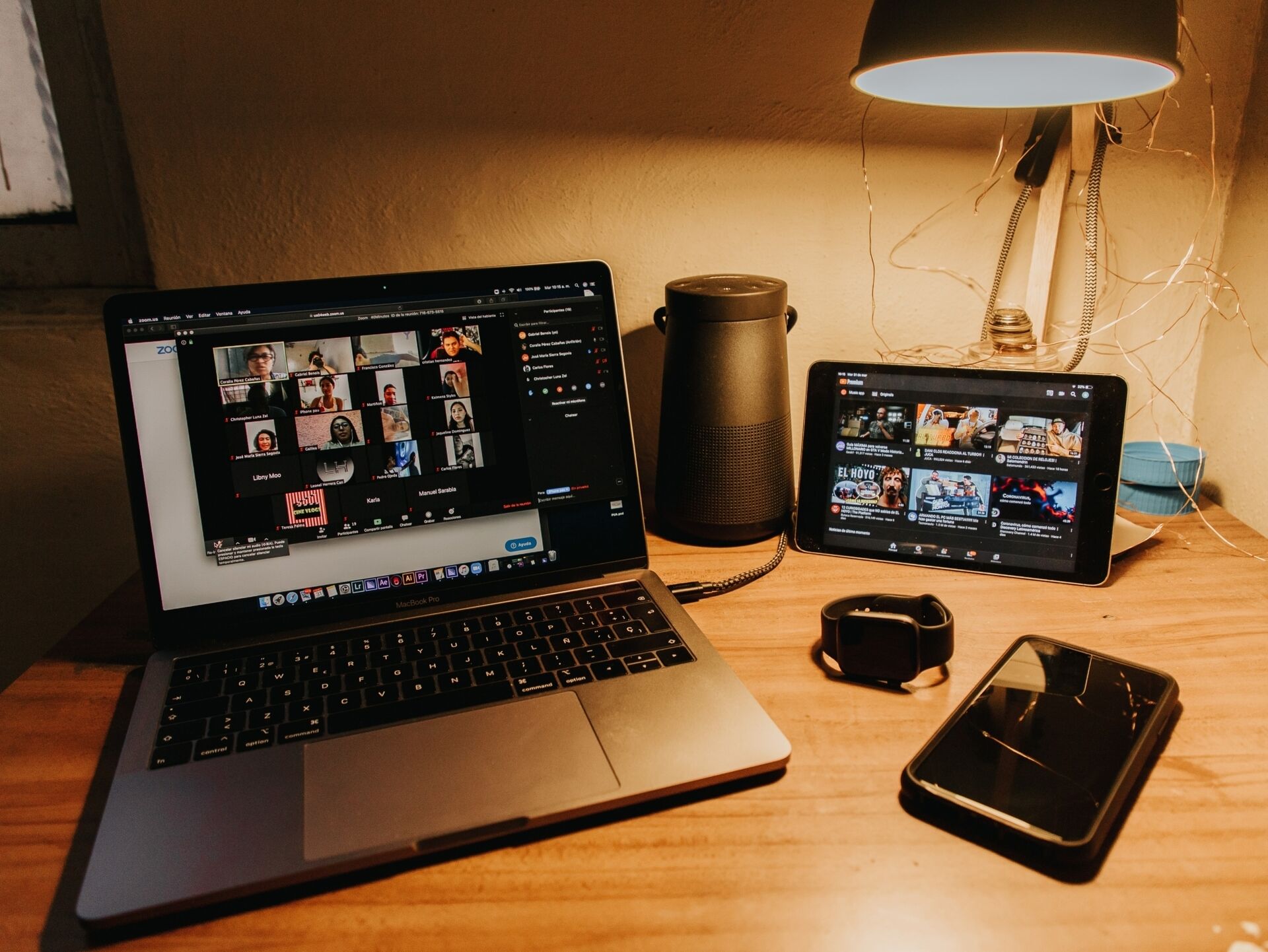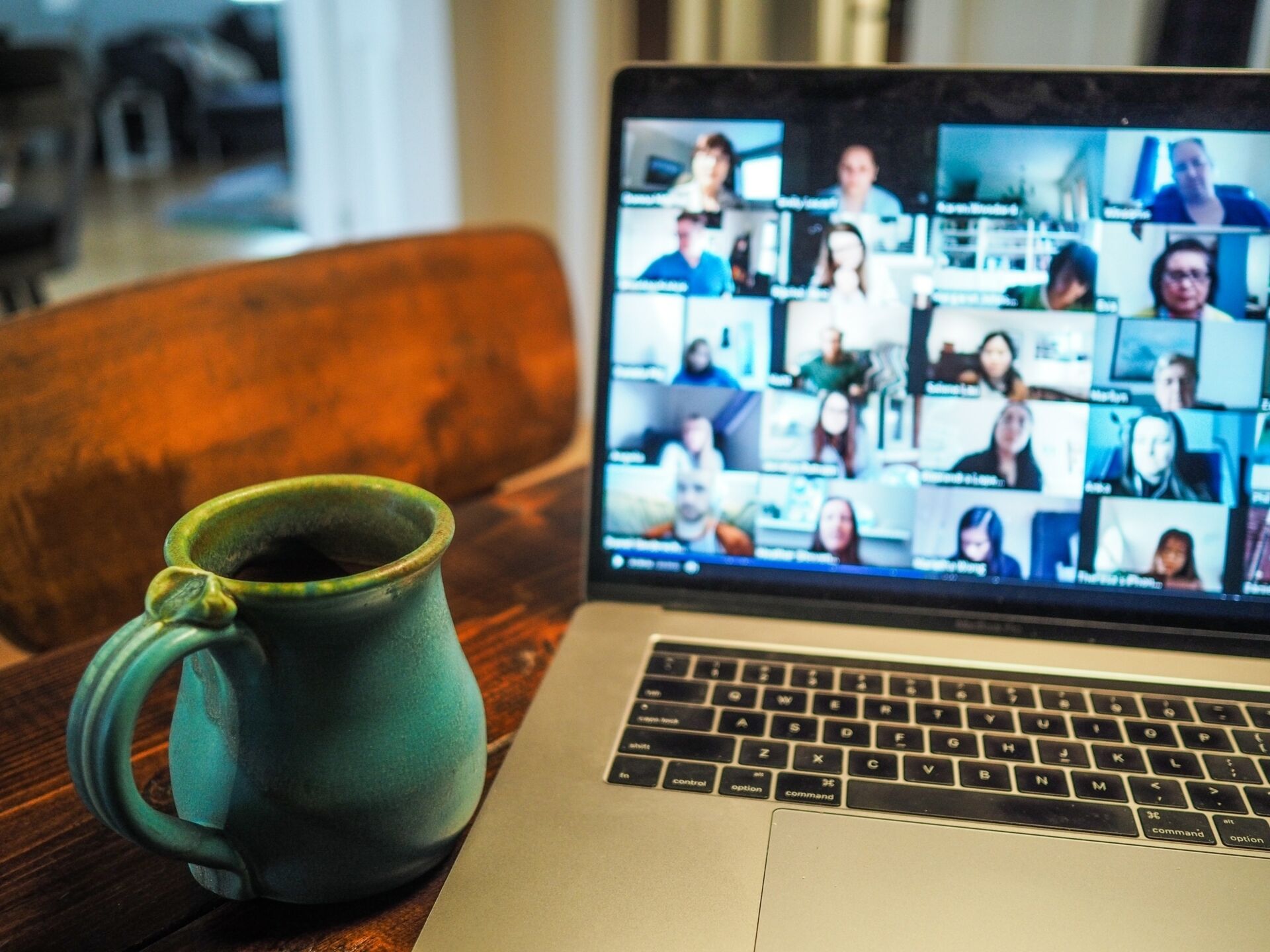Remote working and internal communications
If you’re one of the many people suddenly remote working, how’s it going? Are you trying to juggle homeworking with childcare and home-schooling? Are you managing to avoid the snacks cupboard? Are you keeping motivated in your work? And what about your connection with your colleagues – are you drawing together or does the team feel fragmented and distant? If it’s the latter, there are some things that you can do…

If you’re one of the many people suddenly remote working, how’s it going?
Are you trying to juggle homeworking with childcare and home-schooling? Are you managing to avoid the snacks cupboard? Are you keeping motivated in your work?
And what about your connection with your colleagues – are you drawing together or does the team feel fragmented and distant? If it’s the latter, there are some things that you can do…
Three strands of internal communication
Firstly, it is worth considering how internal communication works within businesses under normal conditions.
In effective organisations, communication should operate in multiple directions. It is not just ‘top down’, with the leadership sharing information about the business (e.g. its vision, objectives and performance). It must also be employee-led. This creates opportunities for dialogue, with ideas and insights flowing in both directions.
There is also a third, hidden strand – peer to peer communication (hidden because it often bypasses leadership within organisations). This can be within teams or between groups of individuals and is often underpinned by social relationships. It’s the ‘watercooler moments’ and the WhatsApp groups that management doesn’t see. These have a huge impact on company culture.
With remote working, you need to find tools and processes that support all three strands of internal communication.

Keeping in touch when remote working
So, how do you stay in contact with people when they are separated by distance and, potentially, by technology?
In one of my previous roles we embarked on a company-wide change management programme. The main tactic was mandatory face-to-face training for all staff supported by regular internal communications, including town hall meetings, e-newsletters, blogs and a series of posters.
The challenge was that we had a proportion of employees working offsite within clients’ businesses, including some in highly secure organisations. These remote workers had limited internet access and digital communication was not an option – at best we could send plain text emails.
So instead, we used more traditional methods. We sent things to people at home, including letters and information packs, set up calls and helplines and offered flexible face-to-face time at locations near them.
It was a good reminder that technology, while a great connector, should not be the default communications approach. A mix of tactics is needed, whether people are remote working or not.

Mix and match communications
Not everyone wants to look at a screen all the time. With a lot of our leisure time based around digital devices too, people are often looking for a break. Don’t underestimate the value of sending printed materials in the post, even if it’s just to keep in touch.
And, just because you have distributed information it does not mean that everyone has read it and understood it. Once something has been sent out do not treat it as job done – follow up is essential, ideally in a different format.
There are three ways to think about the tactics you use, which mix sending information and people having the time to absorb it at their own leisure:
- Self-driven: company intranet, policies and procedures, management and performance reports. Staff members choose when they will read them. These are typically authored by company leadership.
- Company-driven: emails, meetings (virtual or real), calls. Staff participate on demand or when they choose to. These methods are used by multiple people within the business.
- Mixed: internal social media channels such as Microsoft Teams, Yammer, Slack, and interactive methods such as surveys, Wikis, and blogs.
As with most communications, it is important to priortise. Do fewer things well, rather than lots of things badly. And don’t forget to ensure that some of this activity is socially focused, to encourage team bonding and morale.
A question of culture
One of the hardest things for any company when it comes to remote working is maintaining the company culture. Often referred to the “the way that things are done around here”, it is constantly reinforced in a workplace through the behaviours and activities that take place.
To help with this, prioritise face-to-face communication where possible (video conferencing is fine), both in large teams and smaller, more flexible groups.
If you’re not in contact with people you are inadvertently distancing them from the business – they will feel less engaged, less motivated and not part of the team.
A practical step you can take is making everyone keeps the same core hours while they’re working from home. Ask staff to communicate during those windows and set the expectation that this is the time that they will be able to reach their colleagues.
However, I’d recommend agreeing a specific time range for team calls, and don’t let them run late. This way people can avoid being distracted all day (with lots of notifications and calls), and allows people to organise their day, working at the times that are most convenient or productive for them.

Remote working and management
It can be hard to know the right management style when you’re separated from your team. It’s a balancing act between being in touch regularly and leaving people to work through their tasks. The main thing is that everyone operates from a position of trust – remember that these are still the same people that you work with every day.
As normal, it’s important to set clear expectations about what is to be delivered, with agreed deadlines. Then, through regular check-ins (which should be broader than just task-orientated) you can advise and support as needed.
At LMC, we try to do as much of our work as we can in shared workspaces – we have shared project management plans and to-do lists for our clients, we post day-to-day activity in Microsoft Teams and we keep everything we do stored in the cloud. As well as seeing what we’re all working on, it also means we can easily pick things up if someone becomes ill unexpectedly.
Feedback takes on higher importance, as you’ll both be missing those ad-hoc chats. Provide it regularly, with a mix of verbal and written feedback, and take the time to reinforce positive progress and behaviours. For major issues where feedback also involves detailed, constructive criticism, do this face-to-face – a written document covered in track changes is unlikely to be well received and may lead to people dwelling on the negatives.
Ultimately, your focus should be on outputs, with people empowered to work in the way that suits them best.
And most importantly, remember that these are challenging times for all of us. It is not ‘business as usual’ nor is it ‘life as usual’ for anyone. Be supportive, be kind, and trust that your team will be doing the best they can in this strange new world.
Do you have a project you want to talk to us about?
LMC is a PR and communications consultancy on a mission to help our clients change the construction, property and built environment sectors for the better.
Using our specialist knowledge and skills, we help clients to achieve their change agenda, building their reputation and profile around the topics that matter most.
If you need help to meet your ambitions and make a difference, please get in touch for an informal discussion about how we can help.